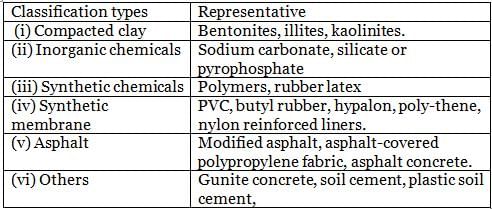Test: Disposal of Solid Wastes - Civil Engineering (CE) MCQ
10 Questions MCQ Test GATE Civil Engineering (CE) 2026 Mock Test Series - Test: Disposal of Solid Wastes
The method of refuse disposal, involving burial in trenches, is called
Which one of the following solid waste disposal methods is ecologically most acceptable?
Which of the following materials are used as landfill sealants for the control of gas and leachate movements?
1. Lime
2. Sand
3. Bentonite
4. Fly ash
5. Butyl rubber
Select the correct answer using the codes given below:
Which one of the following methods can be employed for plastic and rubber waste disposal?
Bangalore method and Indore method of disposing solid wastes are
Which one of the following statements explains the term pyrolysis?
The term 'biological magnification’ indicates which one of the following?
Allowable disposable rate of application of sludge on land is determined by
What are the gases produced by landfills primarily comprised of?
|
33 docs|280 tests
|















